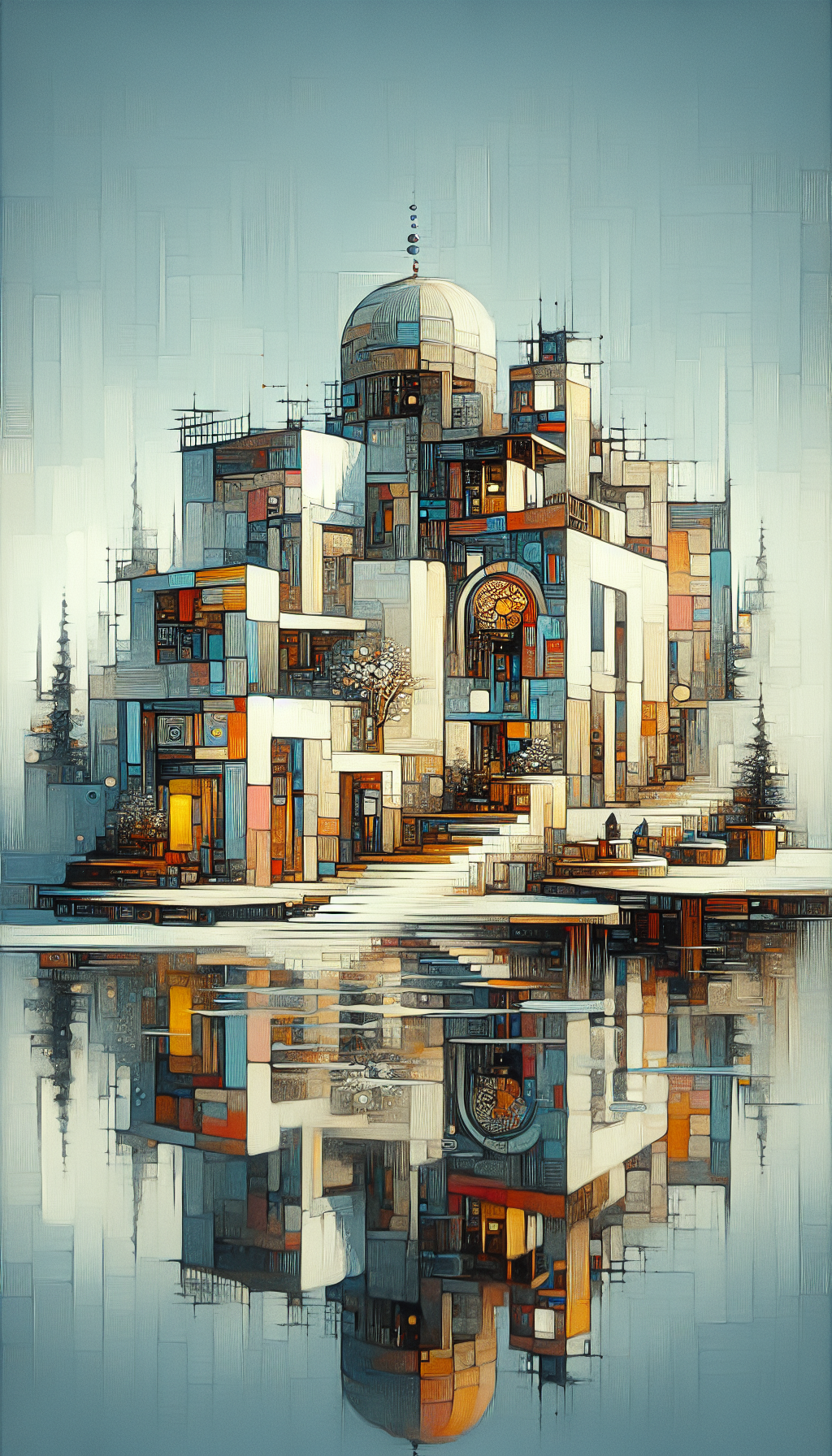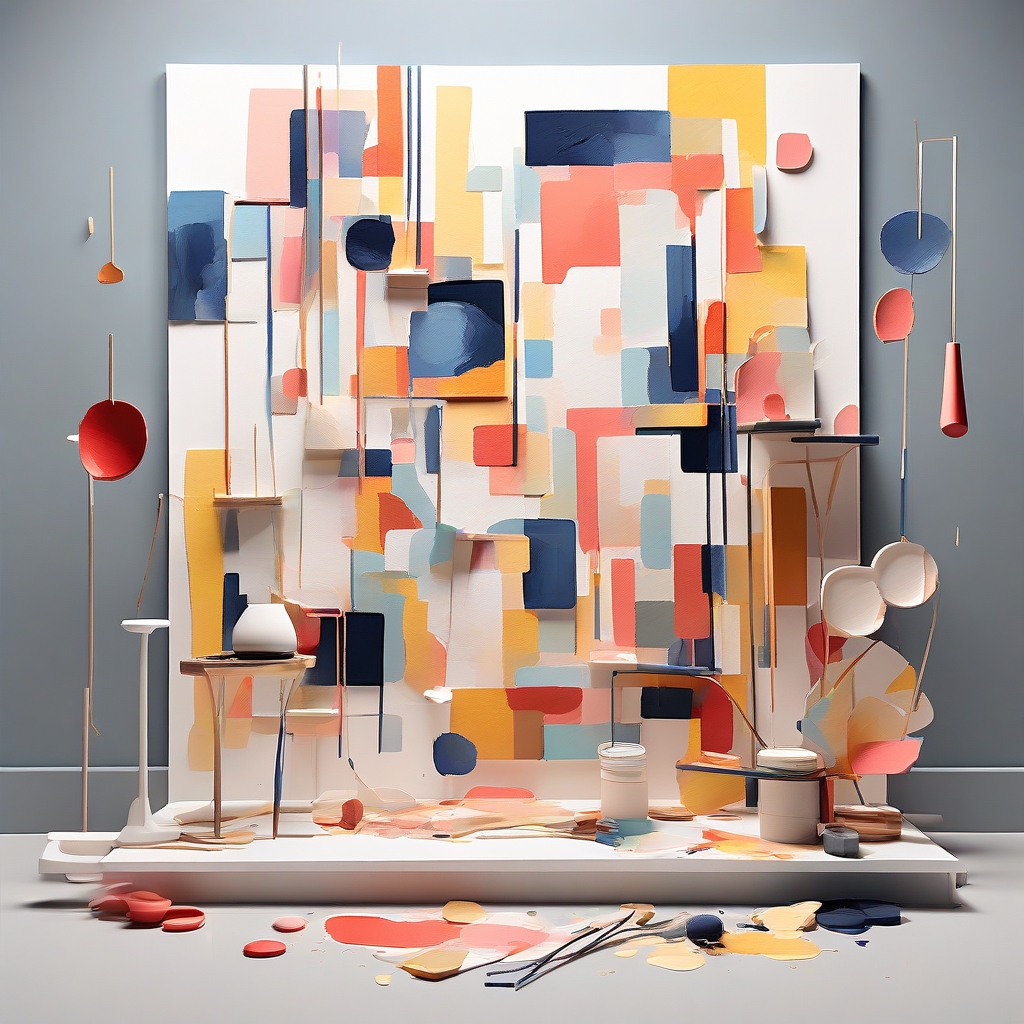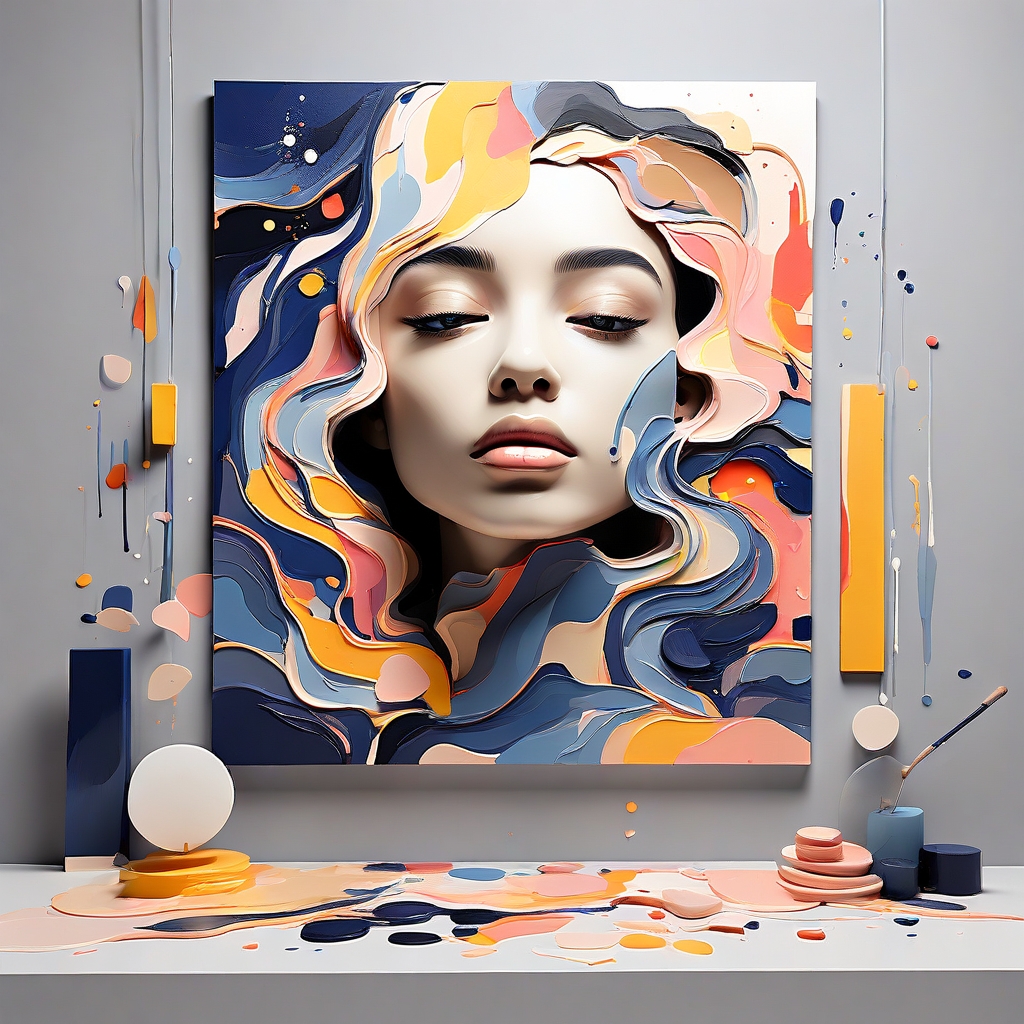
The Rise of Installation Art: Transforming Spaces and Minds
In the ever-evolving world of contemporary art, installation art stands out as both a physical and conceptual revolution. This dynamic form of art has taken hold in museums around the globe, transforming not only spaces but also the way we engage with art. Recent exhibitions and artworks have pushed the boundaries of this medium, inviting viewers to step inside and experience art in a truly immersive way.
The Allure of Installation Art
Installation art is like a siren's call to both artists and audiences. Unlike traditional paintings or sculptures, installations demand active participation. They don't just hang on a wall or sit on a pedestal; they envelop you, challenging your perceptions and encouraging a dialogue between the viewer and the space. Emmanuel Louisnord Desir’s recent work, as highlighted in the Observer, exemplifies this beautifully. His bronze sculptures don't merely depict the human body; they interrogate the societal norms around labor and objectification, making the viewer a part of the conversation.
Museums as Catalysts
Museums have become pivotal in promoting installation art. Institutions like the British Museum continue to curate experiences that are both educational and transformative. Their latest exhibition on India's spiritual art, for instance, showcases how installation can narrate complex cultural and historical stories through a myriad of objects. This isn't just art for art's sake; it's art as a storyteller, a teacher, and a provocateur.
The role of museums in this context is akin to that of a conductor in an orchestra. They harmonize diverse elements—space, light, sound, and sometimes even scent—to create an experience that transcends the mere visual. It's a symphony of senses, and the museum is the grand stage.
My Two Cents
As someone who has spent countless hours wandering through the labyrinthine corridors of art museums, I find installation art to be the most democratic form of art. There's no need for a degree in art history or a guidebook to appreciate it. You simply step in and let the art wash over you. It's visceral and immediate, and in today's fast-paced world, that kind of instant connection is both rare and precious.
However, I also wonder if the sheer scale and ambition of some installations might overshadow the art itself. In the race to create the next big thing, are we losing sight of the intimate, personal connection that makes art so impactful? It's a delicate balance, and one that artists and curators must navigate with care.
The Future of Installation Art
Looking ahead, the future of installation art seems as boundless as the imagination itself. With advancements in technology, installations are becoming more interactive and immersive than ever before. Virtual reality and augmented reality are already making waves in the art world, offering new dimensions for artists to explore.
In conclusion, installation art is more than just a trend; it's a testament to the boundless creativity of the human spirit. As it continues to evolve, one thing is certain: installation art will keep transforming spaces—and minds—for years to come. Whether you're a seasoned art aficionado or a curious newcomer, there's always a new world waiting to be discovered within the walls of an installation. So go ahead, step inside, and see where the journey takes you.
--- *Based on news from Observer, Globalsecurity.org, Deadline.*
Comments (0)
Share your thoughts on this piece. Thoughtful, art-focused discussion is welcome.
No comments yet. Be the first to respond to this artwork.


